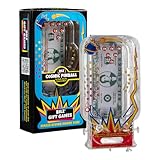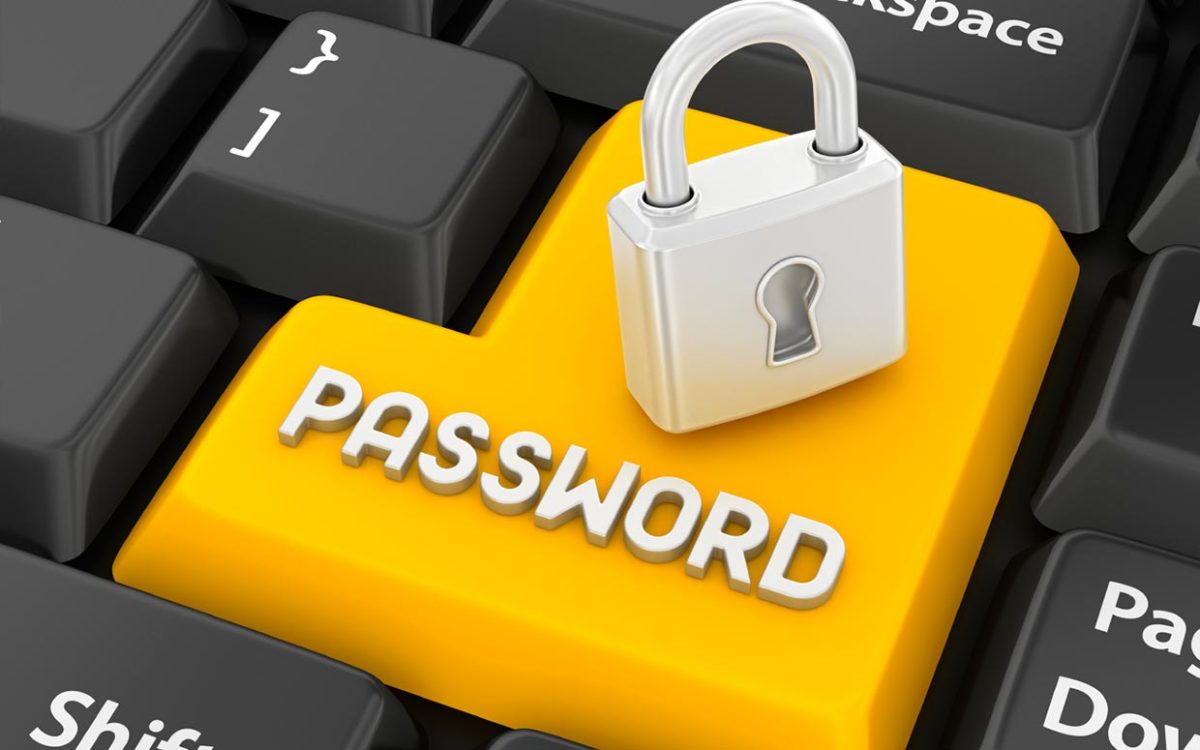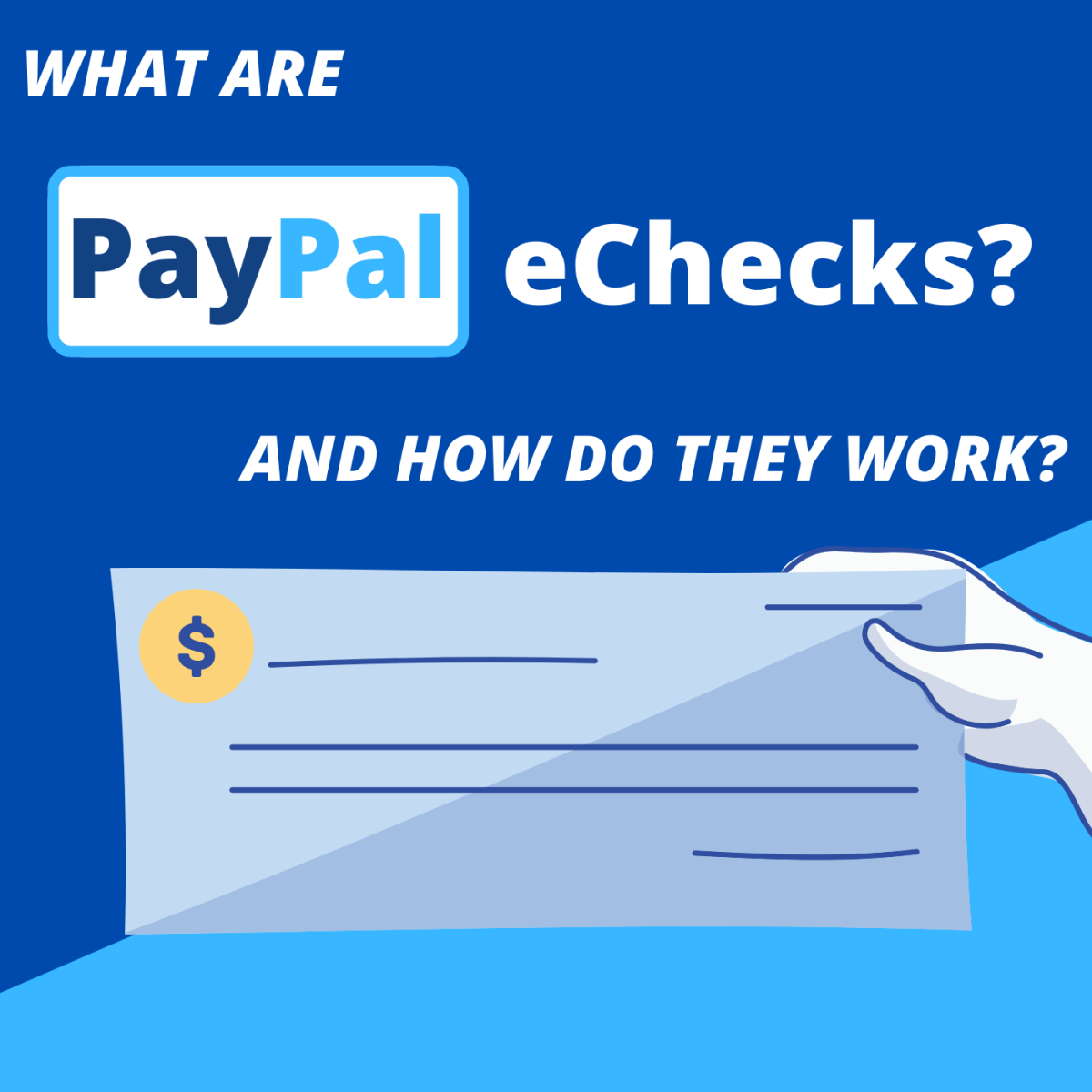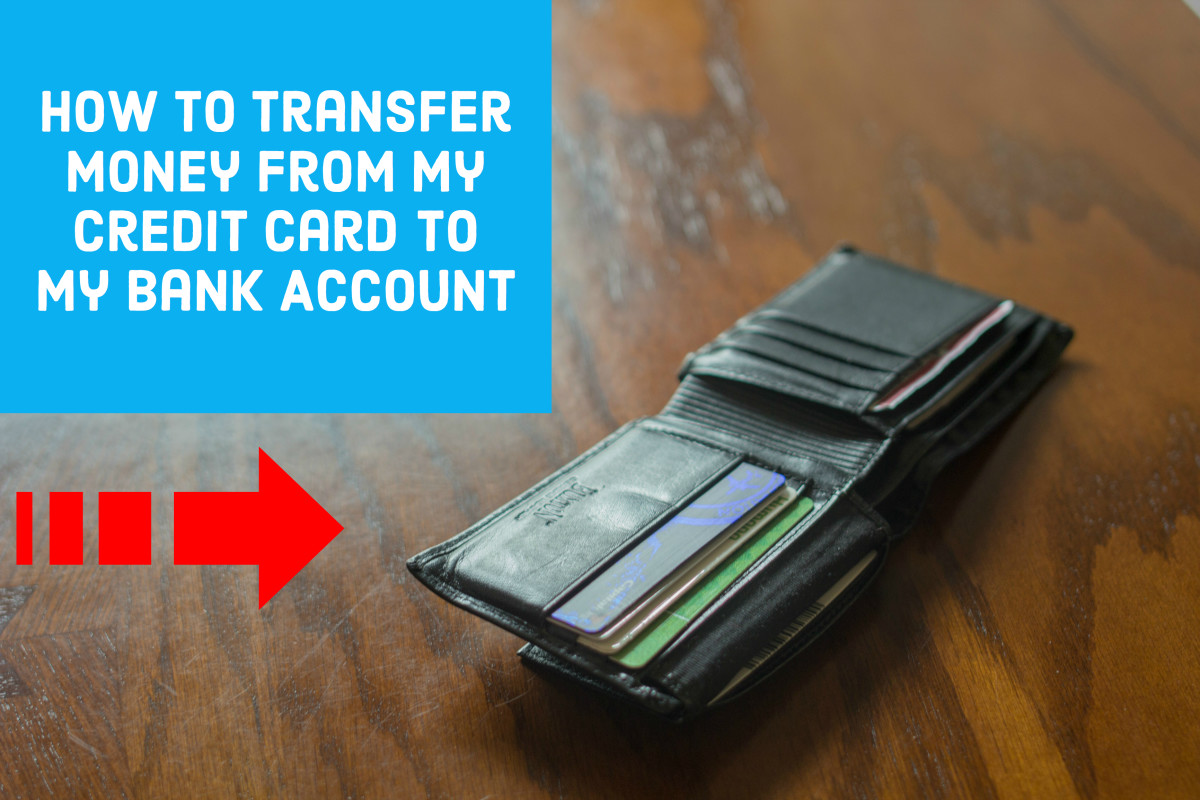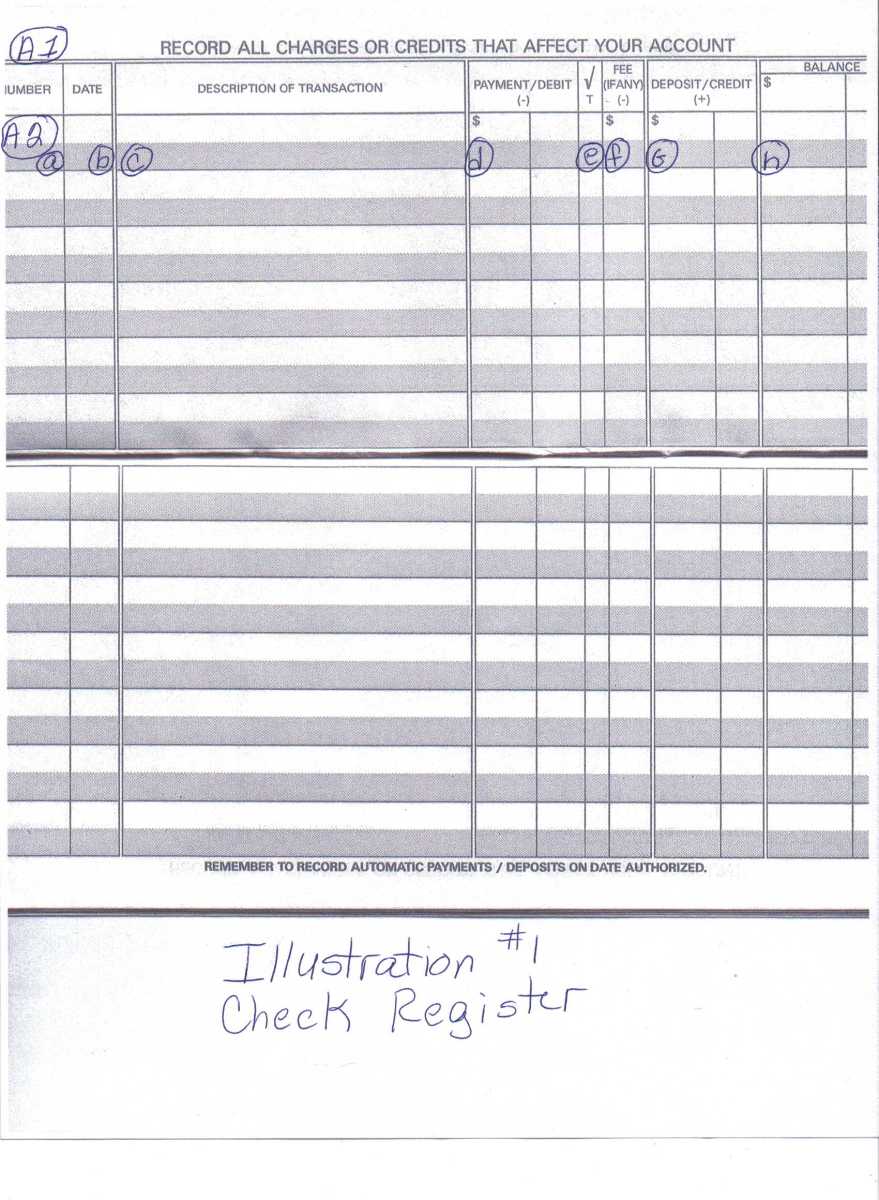How to Change Bank Accounts
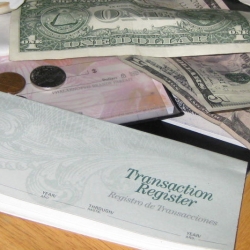
Changing Bank Accounts
Recently I decided to change bank accounts. What an ordeal this can be if you're not prepared or even if you are prepared! There is just a lot to think about to ensure your bills are paid.
Life can change at any time. You may need to switch bank accounts when you move, when a bank is sold or merges, for any number of personal reasons, or just because you feel like it.
On my end, all is well. I have taken all of the necessary steps and am now happily paying bills using my new bank's bill pay feature and doing other online banking with my new bank account.
So, I decided to share my experience of how to change bank accounts to maybe make it easier for you.
Photo Credit: Peggy Hazelwood
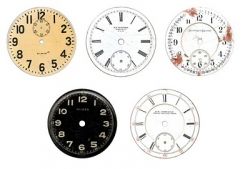
My Story of Switching Bank Accounts
Where there's a fee... there's not me
Yes, my old bank decided to start charging me a monthly fee for my "free" checking account. I had opened my bank account in another state several years ago. In that state, a recent bill was passed that allowed my bank (a very well known major conglomerate that will remain nameless) to charge a $13 fee for the honor of me banking with them.
A $13 fee each and every month. Heck no, I thought, when I saw this charge tacked on to my checking statement the last day of the month.
I went to a branch location of my bank and talked with a banker. I hadn't been notified of this fee. He was baffled. He said I qualified for the free checking account that I'd until recently had. But, after a phone call or two, he learned about the new law in the state where I opened the account.
Then the banker informed me that I could close my current account and open a new one with the same bank. This time my bank account would be in my new state. Yes, I could have done that, but I would have possibly had the same thing happen if my current state enacted a similar law.
In my opinion, there was nothing to be done. Except for closing my account. I left the bank and set out to set up a new account that would be truly free.
Image Credit: Just Something I Made
To Change Bank Accounts
you'll need to do the following:
~ Open new checking account
~ Set up bill pay and electronic banking
at the new bank, if applicable
~ Order checks for the new account
~ Set up online banking payments for monthly accounts like health insurance, if applicable
~ Change bank information at other online sites
~ Let all checks and payments
on the old bank account clear
~ Download or obtain monthly statements
for the old bank account
~ Go to the old bank and close your account
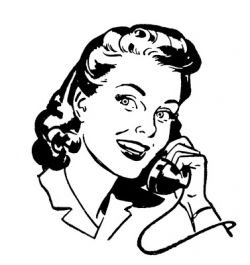
Finding Free Bank Accounts
Check out credit unions too
When I left the bank that day, I knew I would leave that bank for my banking needs. I had been with them for more than 5 years, but I had been jerked around a few other times, and I'd had enough.
I had previously banked at a credit union in another state (a different state than the one where I opened the current bank account) for a long time. When I moved from there, I left the checking and savings accounts open so knew I had the option of returning to them.
One reason I stopped actively banking with my credit union (that I loved) was because I couldn't visit a branch in person to make deposits. I thought this was a big deal. But in the past few years, I've done more and more banking online. It wasn't such a big deal any more.
I called up the customer service department and found out that indeed I could use bill paying services, electronic banking for transfers from checking to savings and vice versa, as well as make in-person deposits through local credit unions where I now live through a cooperative agreement with credit unions nationwide. This sealed the deal.
When you are thinking about changing bank accounts, be sure to check out other banks as well as credit unions to see what they offer. You usually have to qualify to join a credit union but many have relaxed the qualification requirements.
Image Credit: The Graphics Fairy

Stress Busters - Because changing bank accounts is stressful, that's why!
After even an hour of working on this bank account business, I felt wound up. A little relaxation is in order when working on this sort of stuff. Trust me. Grab a beverage of your choice and soak away your troubles. You'll feel better.

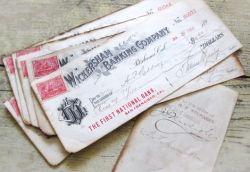
Order New Checks from the New Bank
Replace your old checks
To be able to write checks, you'll need to order new checks for your new checking account. To start off, the new bank or credit union will probably give you some "counter checks" or temporary checks for you to use.
These checks may or may not have your name and address printed on them. Be aware that many businesses won't accept a personal check that doesn't have this personalized information printed on the checks.
You can order checks directly from the bank (and they might be free) or you can order new checks online or by mailing in your order to a check printer. Often ads in the mail have a full page order form for checks you can order. I've done this in the past and it works fine.
Even though I use electronic banking, I still have to write one check each month and pay quarterly taxes with checks. You'll probably need some checks, too.
Photo Credit: Just Something I Made
Bank Routing Number
Find out your new bank's routing number.
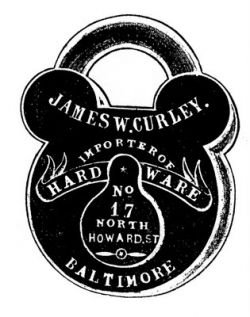
Online Banking Tips to Stay Safe
Think it through
The first step to opening your new bank account -- or in my case, reactivating my dormant account -- is to make a deposit so your new bank has some of your money. This allows you to start writing checks or paying bills electronically.
You'll need to let all of your outstanding checks clear your old bank before closing that account. This includes letting bill pay "checks" or payments clear or canceling them and paying with the new account either via bill pay or with a paper check.
Stay safe. You don't want to be charged overdraft fees. Check and double check that all of your checks have cleared the old account before closing it.
Image Credit: The Graphics Fairy

Change Bank Account Information Online
Make a list and check it thrice
If you're like me, you have several accounts online that have your bank account linked to them. Sites like PayPal allow you to receive and send money electronically.
Make a list of any and all electronic money transfers you make. Check it once, twice, three times. When you switch bank accounts, you'll also have to edit bank accounts at Web sites online.
Go into these online sites and change the bank account from your old bank to your new one.
Review several months of bank statements to find where you send or receive money each month. Be sure to look back several months in case there is some online banking that you use that isn't a monthly event.
Here are a few places to consider:
~ PayPal
~ Amazon
~ Etsy
~ Child support or alimony payments
~ Credit cards
~ Health insurance or other monthly premiums that are directly withdrawn from your checking account
~ Online savings accounts that you transfer money from or to into your personal checking account
~ Direct deposits from employers or other entities
The good part is that you can do this from the comfort of home and double check so you don't forget anything. Let a day or two pass in case you remember more online banking and payment sites before closing your old bank account.
Image Credit: Just Something I Made
Safe Banking
Stay safe.
Write down all of your new checking and savings account information on paper.
This includes checking and savings account numbers, PINs, user names and passwords.
Put the list in a safe place. Do not keep this information in a file on your computer.
Before Closing Your Bank Account
Download all electronic statements
One last thing to do before closing your old bank account is to ensure you have hard copies or electronic copies of all recent (two years is probably good) bank statements on the old checking and savings accounts.
I had changed from paper statements to e-statements several years ago, so I didn't have paper statements on hand. The bank would have charged me $5 per copy. In case you hadn't guessed, I'm cheap. I like to think I'm smart. I don't spend money I don't have to.
I went online to my old bank account and downloaded the statements to my computer. I had to change the file extension from whatever it was to .jpg or PDF. I don't remember. But I know as it was, I couldn't open the file.
To check, download one statement to your computer and see if you can open it. If so, great. If not, change the file extension. That will probably do the trick. I then created a new folder and saved the statements in the folder.
For the current month, I downloaded the activity so I had a list of what had been debited and credited to my account for that partial month.
Have All Checks Cleared Your Old Account?
Ensure all drafts (checks) and bill pay payments have cleared on your old bank account before closing it.
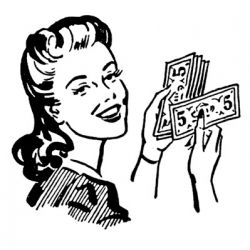
Close Your Bank Account
Check that list
Okay, when you're 100% sure you've covered all your bases, dotted all your i's and crossed all your t's, it's time to close your old bank account.
I went in person and was helped by a banker who was such a nice guy that it made me almost sad to be leaving that bank. Almost.
In a moment of panic, I had him verify on the bank's computer that a check I'd written the previous month had cleared. It had.
Then he left and went to get my money. He didn't ask if I wanted cash or a cashier's check and I didn't think about it. He brought me cash, which made me a little uncomfortable to have that much money on me when I left. I am the sort of person who is lucky to carry 5 bucks in my purse.
It was okay. I closed the account on a Friday and on Monday morning I drove my cash to its new home. I went to a local credit union that was on the list at my credit union's Web site. They offer cooperative banking at branches nationwide. I was set!
Image Credit: The Graphics Fairy
Learn About Money from Dr. Seuss
Money Maze - Play pinball and relax!
Affiliate Disclosure
This author, Peggy Hazelwood, participates in Amazon, eBay, All Posters, and other affiliate advertising programs. When you click an advertising link on this page and make a purchase, I receive a small percent of the sale. Thank you for reading this far!




